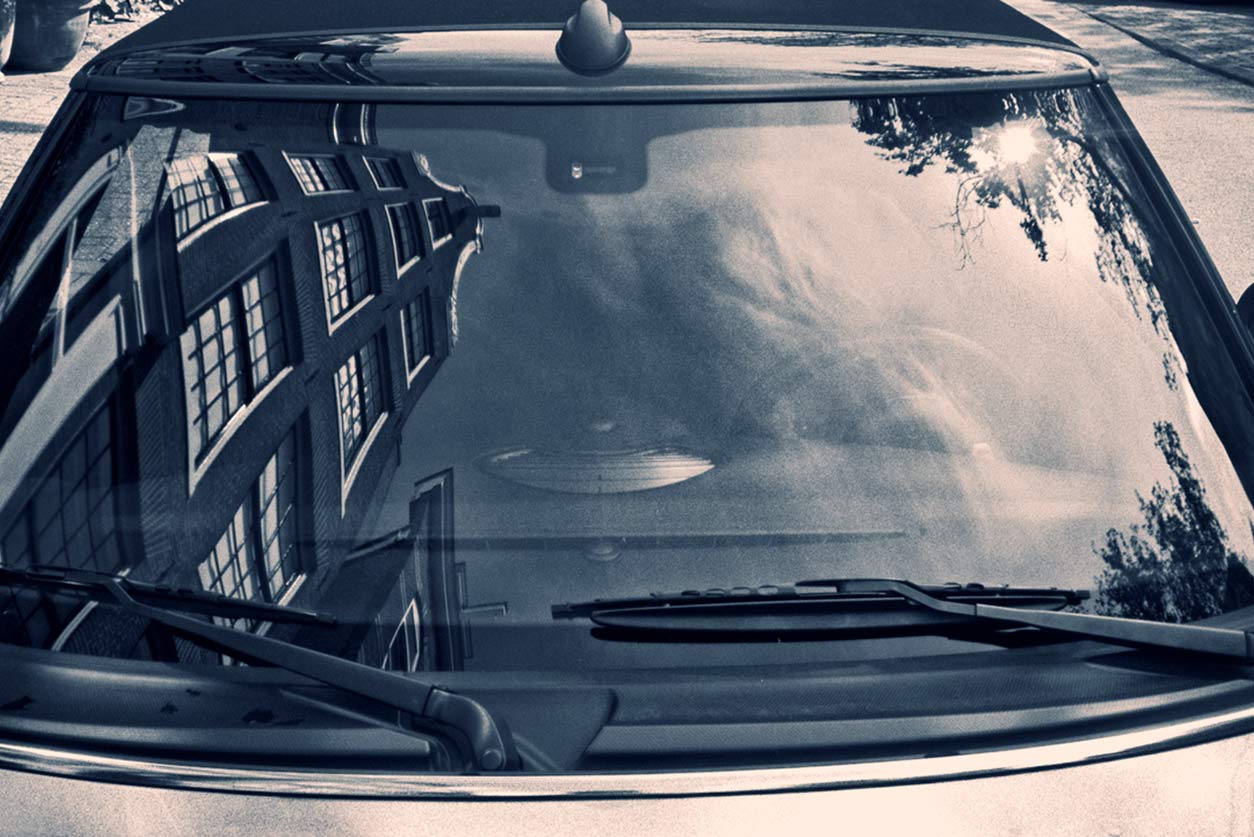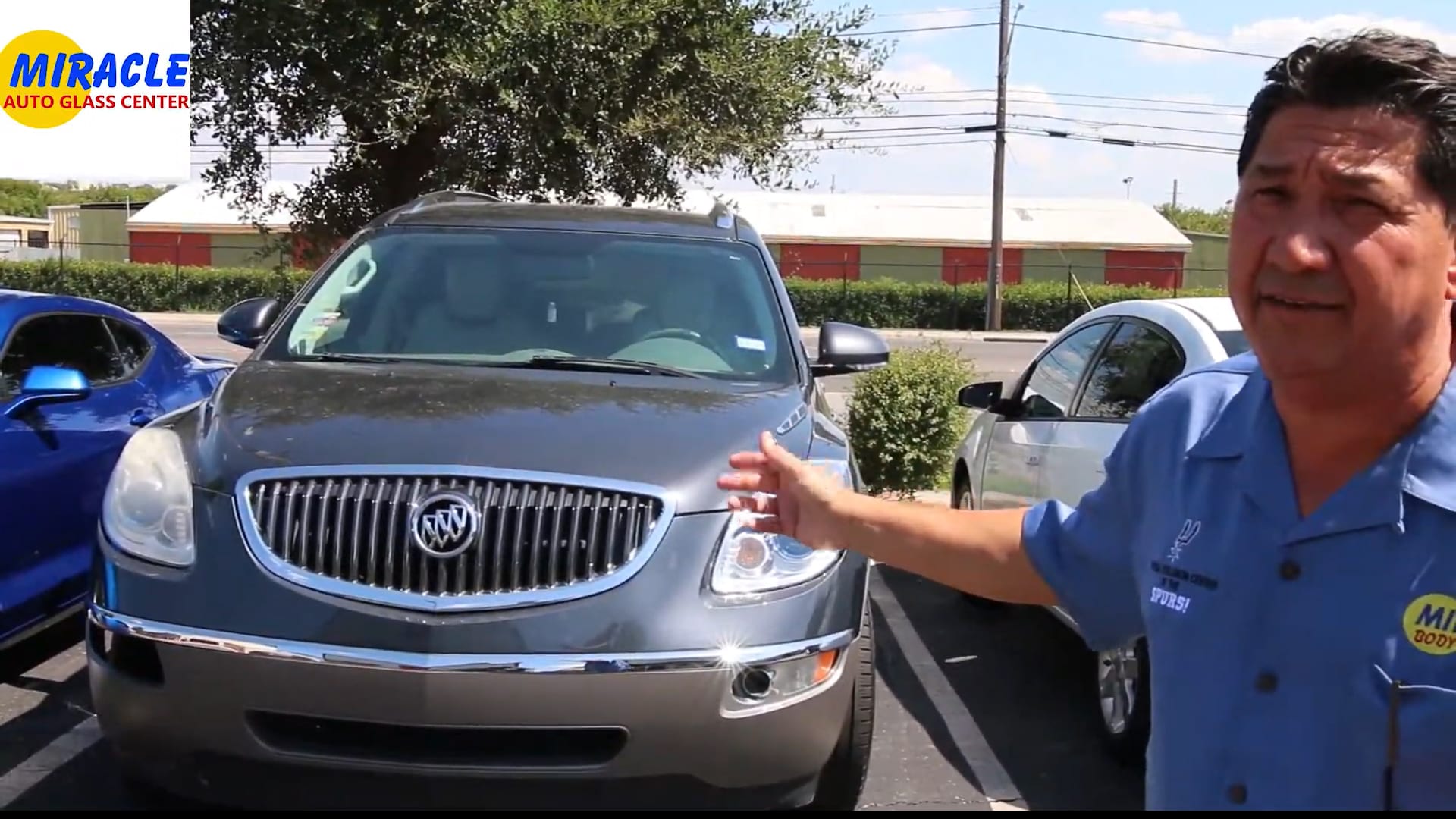
Trusted and Reliable Auto Glass Services in San Antonio

Do ADAS Systems Offer Collision Avoidance?
There are many advantages to having an advanced driver’s assistance system (ADAS) on your vehicle. These include emergency braking, lane-departure warnings and hands-free parking. But these systems can pose a danger to drivers and passengers if they aren’t calibrated properly. ADAS calibration is important to keep your car safe.
ADAS sensors are located in many parts of your car, including the windshield and bumper. They are responsible for detecting blind spots, keeping a safe following distance and even tire pressure monitoring. They work by tying into a central computer system that is designed to keep your car operating properly. However, these systems can malfunction or become inoperable when not calibrated correctly. ADAS sensors are often moved when working on a car, making it difficult to perform the proper calibration.
The sensors can also be damaged. For example, if your car is struck, the sensor will not be able to detect your surroundings. In addition, a collision may damage the windshield, which requires the ADAS sensors to be recalibrated. A windshield replacement can also interfere with the ADAS camera. It is important to note that not all windshields are made to the same specifications, so it is necessary to recalibrate the cameras after the windshield is replaced.
The camera used to operate the ADAS system is located in the windscreen. When the windscreen is replaced, the camera moves in order to read the new environment. This can cause the sensor to misalign or not function correctly. ADAS calibration is necessary to ensure the sensor is in the right position and to get the best accuracy possible.
ADAS is a highly complex system. Its components tie into a central computer system to provide a variety of functions. The system can also be turned off or on by the driver. If a sensor malfunctions, it can cause your car to pull in the wrong direction or to not brake at the appropriate time. It also can cause you to miss a lane. If your car has a blind spot detector, it will be hard to keep your eyes on the road. In addition, ADAS can be dangerous to pedestrians.
A good diagnostic and calibration tool can help you determine if your ADAS system needs a recalibration. These tools typically scan the car for signs of ADAS and inform you of the type of recalibration needed.
When an ADAS system malfunctions, it can be extremely frustrating to troubleshoot. While this problem is relatively uncommon, it’s a real danger to motorists. A good diagnostic and calibration tool can save you money and ensure that you’re getting the most from your ADAS.
ADAS recalibrations are required after a collision, when the car is disassembled or after structural changes are performed. Having the system recalibrated is a precautionary measure that’s never unnecessary. It’s always better to have a technician recalibrate the system than to have it malfunction.
A good diagnostic and calibration system can be the difference between fixing an ADAS malfunction and putting a driver and passengers in harm’s way. You should take your vehicle to a trusted repair facility that knows how to properly calibrate these systems. A technician can perform the procedure in under 24 hours.




